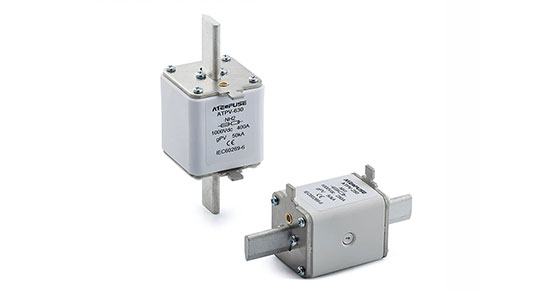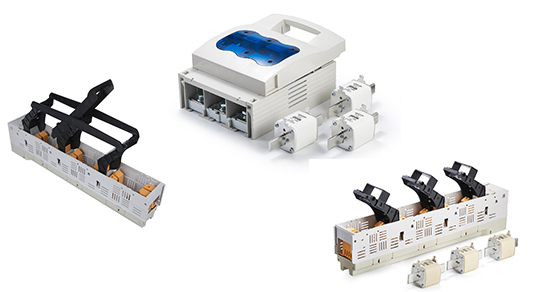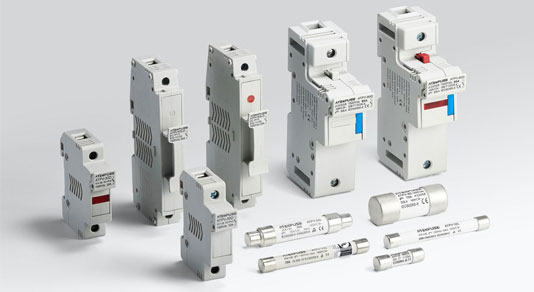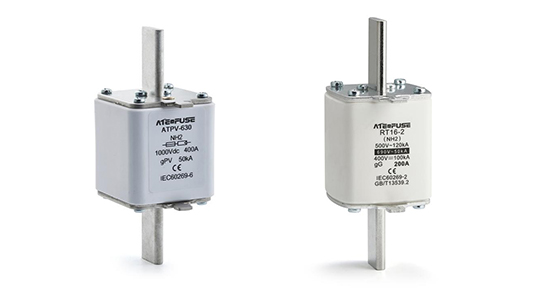Understanding Fuse Switch Disconnectors: A Critical Component for Electrical Safety
Safety and reliability are critical in electrical systems. A fuse switch disconnector is a key device to ensure safety and reliability - a multifunctional component that combines the functions of a fuse, switch, and isolator in one. This article explores what a fuse switch disconnector is, how it works, its key benefits, and its use in electrical equipment.
What is a fuse switch disconnector?
A fuse switch disconnector (FSD) is an electrical device designed to:
Make and break electrical circuits under normal operating conditions.
Protect against overcurrent and short circuits using integrated fuses.
Isolate circuits for maintenance purposes, ensuring safe disconnection from the power supply.
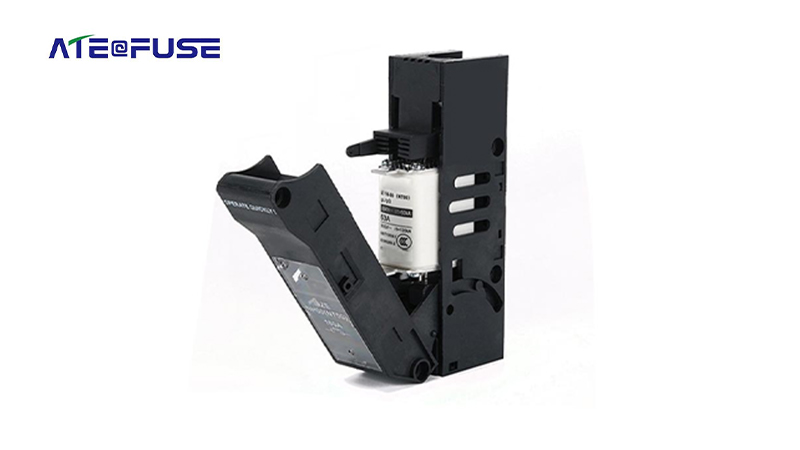
Unlike standard circuit breakers that use an electromechanical tripping mechanism, fuse switch disconnectors rely on replaceable fuses for protection, providing a cost-effective and reliable solution.
How do fuse switch disconnectors work?
Fuse disconnect switches have three main operating modes:
1. Switching function
Allows manual control to connect or disconnect a circuit.
Used for daily operations, such as disconnecting power during maintenance.
2. Fuse protection
When the current is too high (due to a fault or overload), the fuse melts, disconnecting the circuit and preventing damage.
After the fuse melts, it can be replaced to restore protection.
3. Isolation function
Provides a visible break in the circuit, ensuring that no current flows when in the "off" position.
It is critical to comply with electrical safety standards during maintenance.
Main advantages of fuse disconnect switches
High breaking capacity safely interrupts high fault currents.
Reliable protection: Fuses react quickly to overcurrents, minimizing damage.
Cost-effective: Simpler and usually more economical than circuit breakers.
Easy to maintain: Fuses can be replaced, reducing downtime.
Safe isolation: Ensures that the circuit is de-energized during maintenance.
Applications of Fuse Circuit Breakers
Fuse circuit breakers are widely used in:
Industrial power distribution: protecting motors, transformers and mechanical equipment.
Commercial buildings: managing distribution boxes and sub-distribution boxes.
Renewable energy systems: isolating solar photovoltaic and wind power generation devices.
HVAC systems: controlling and protecting heating and cooling equipment.
Conclusion
Fuse circuit breakers are electrical devices that combine the functions of switches and fuses. They can safely disconnect circuits and provide overcurrent protection. They are essential components in modern electrical systems, integrating switching, protection and isolation functions. Their reliability, cost-effectiveness and safety make them the first choice for engineers and electricians in all walks of life.
Whether used in industrial plants, commercial buildings or renewable energy facilities, fuse circuit breakers play a vital role in ensuring electrical safety and operating efficiency.

